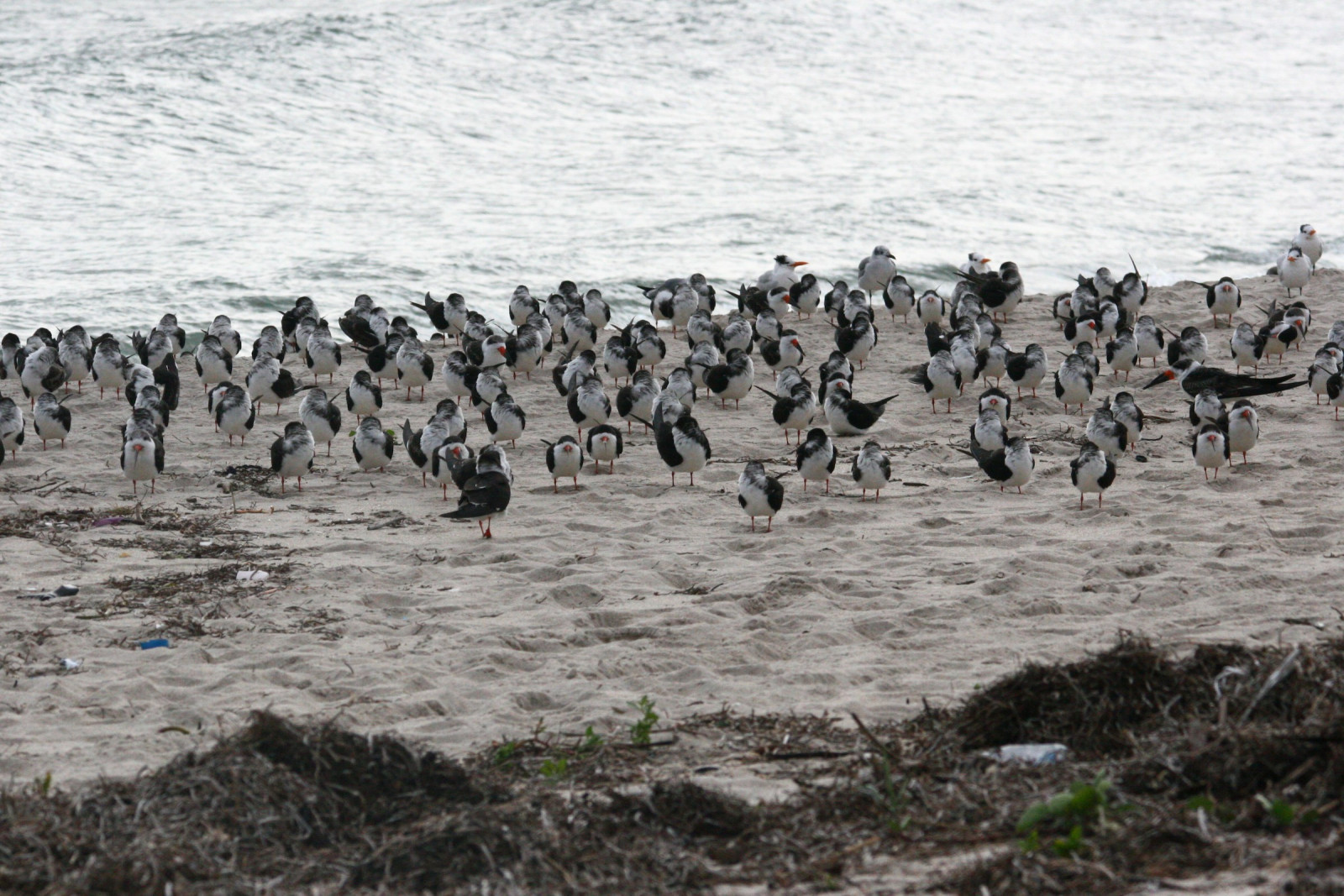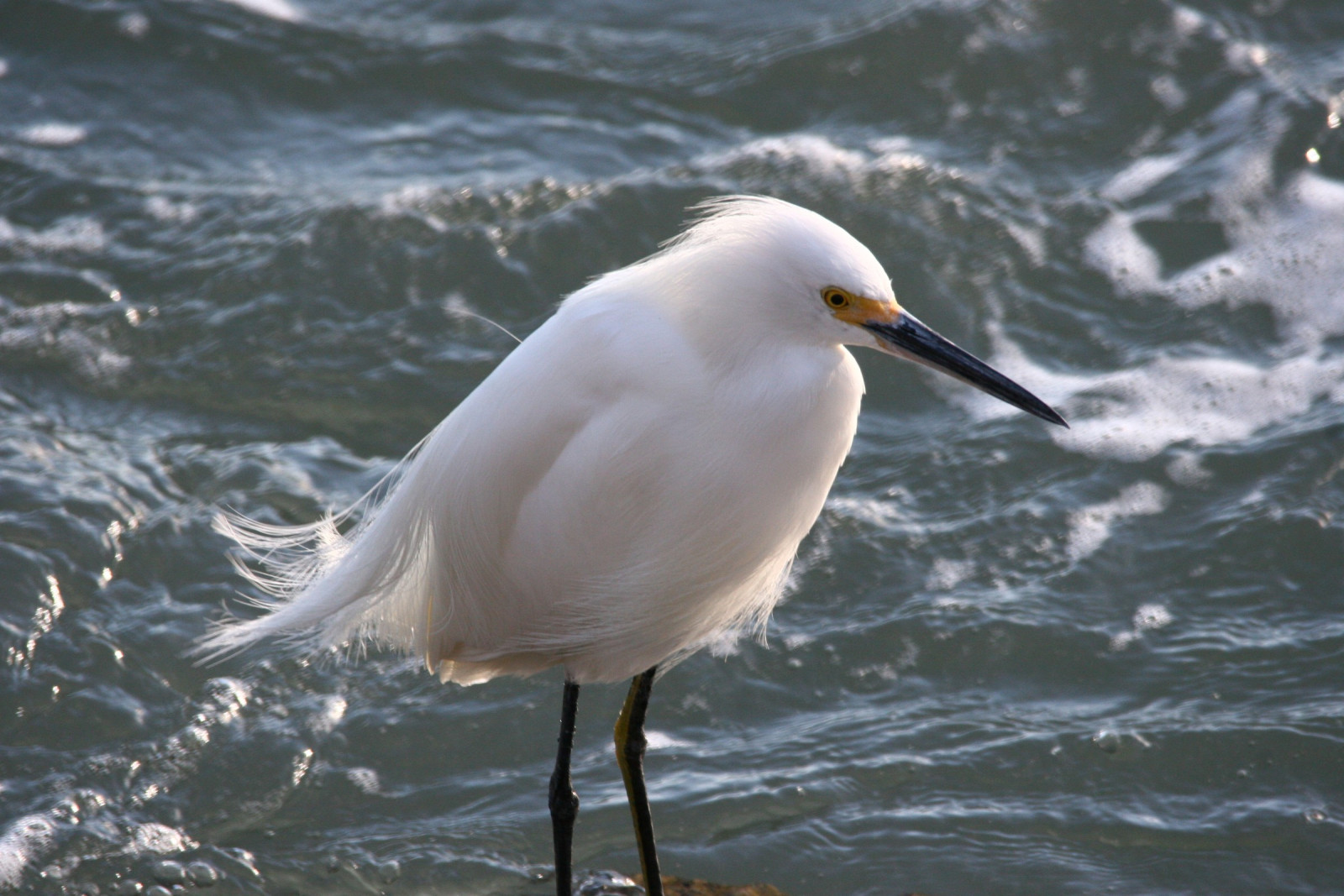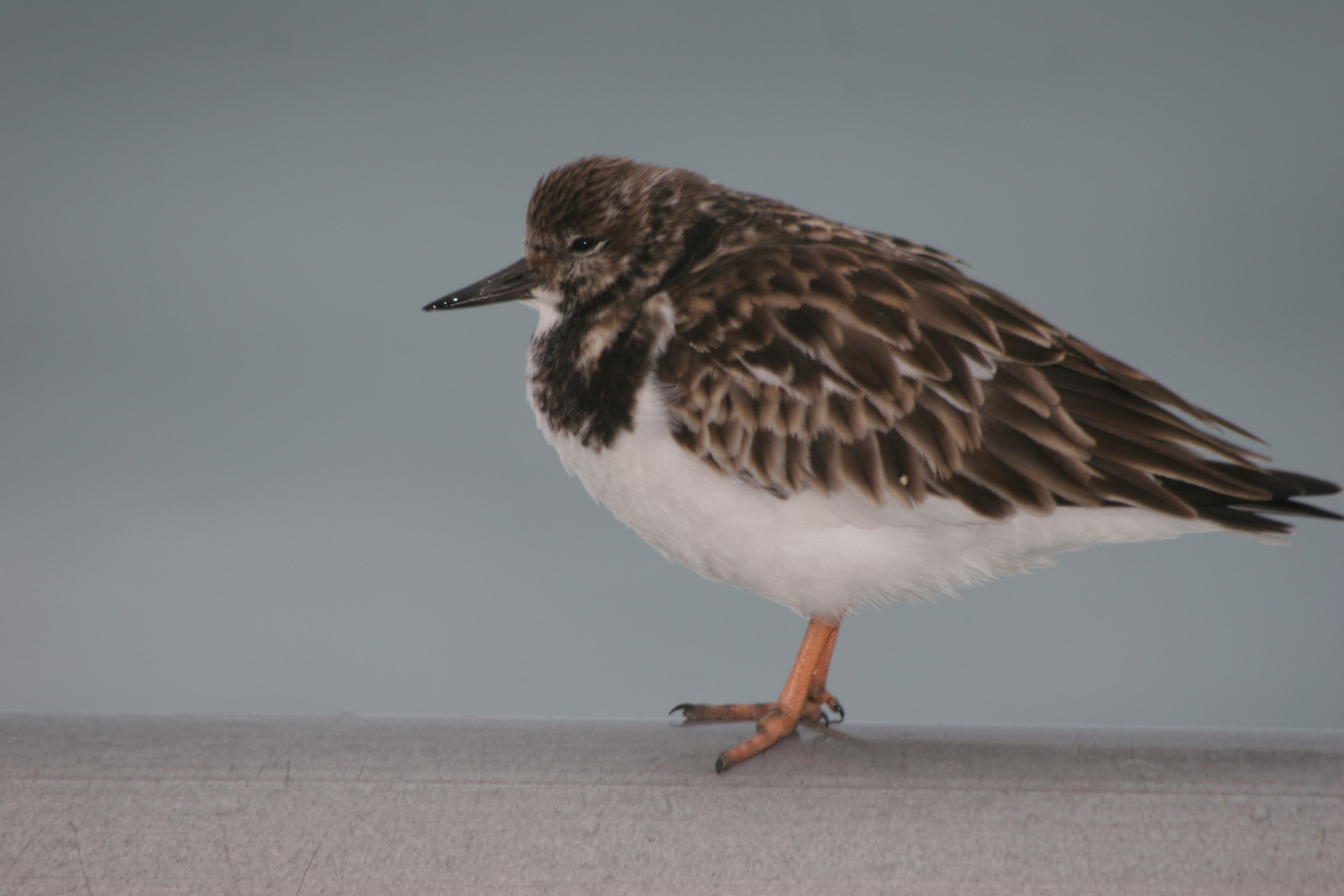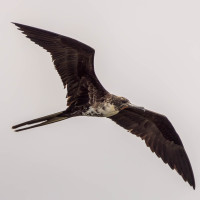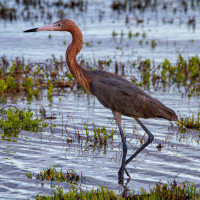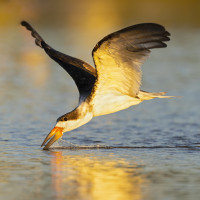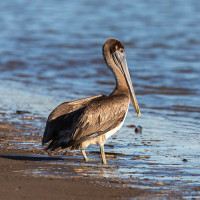Description
Year round, Sebastian Inlet State Park hosts many species like Reddish Egret, Magnificent Frigatebird, and Brown Pelican. In the winter, many large flocks of gulls and terns will rest on the beach and Northern Gannet will forage close to the jetty. Other species like Red-breasted Merganser and American White Pelican can be found in the tide pool. Most famously would be the large numbers of Osprey in the inlet that attract many photographers.
When the winds are good, several pelagic seabirds can often be seen from shore with the help of a scope. The best vantage point for seawatching is along the north jetty. On rare occasions, some birds like Wilson's Storm Petrel and Sooty Shearwater have come right up to the jetty!
During migration, there are some trails in the park that can host migrant warblers like American Redstart and Cape May Warbler as well.
Past rarities in the park include Great Cormorant, Sabine's Gull, Arctic Tern, Bicknell's Thrush, Kirtland's Warbler, Townsend's Warbler, and Red-legged Honeycreeper.
Details
Access
Sebastian Inlet State Park has two sides: the north side in Brevard county, and the south side in Indian River county. You must exit the park and drive across the bridge to visit the other side. The entrance fee for vehicles is $ 8, and your receipt will allow you to enter the other side. Parking can be found in both sides of the park. Press a P on the map for directions to a parking lot.
Terrain and Habitat
Beach , Sea , DunesConditions
Flat , SandyCircular trail
NoIs a telescope useful?
YesGood birding season
Spring , Winter , AutumnBest time to visit
Winter , AutumnRoute
Paved road , Unpaved roadDifficulty walking trail
Average walkAccessible by
Foot , CarBirdwatching hide / platform
NoExtra info
Sebastian Inlet State Park is world famously known for its good fishing! Often times, the jetties (especially the north jetty) will be very crowded with fishermen. Many species like Ruddy Turnstone and Snowy Egret are very tame as they hang around the jetty to forage for scraps.
